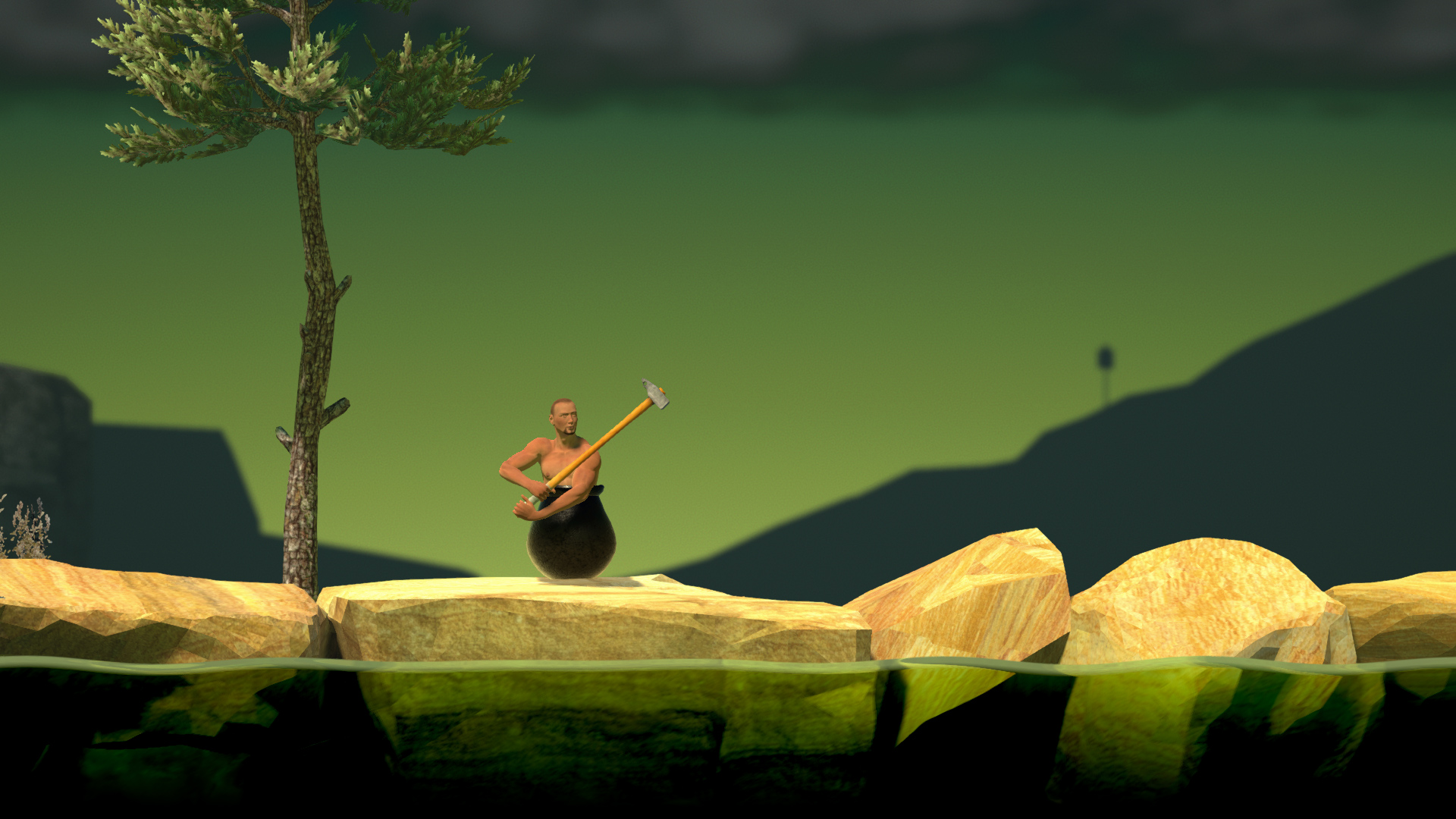


How does the game teach the player what they need to know to play the game, just by playing the game? It’s worth reading in full, but the key question pixelante poses is:

auntie pixelante has written an extremely meticulous piece of analysis on how this level works. Where a novel can spend a relatively long time acclimatising the reader, for shorter artistic forms like a poem (even a book of poems, which can generally be easily read in one sitting) or a single Mario level, economy of expression is vital. How does this relate to poetry? Isn’t the same attention to detail and design present in fiction? It sure is, particularly in short/flash fiction, but what makes poetry and short prose different is their relatively urgent need to establish their terms of engagement. So, let’s take a look at a very well-known piece of level design, the first stage of the first Super Mario Bros game, developed by Shigeru Miyamoto and the team at Nintendo. The first scenes in both these games are, partly, invitations to the player to engage in a way that games rarely do, with emotional sensitivity and a generative, curious approach to meaning-making.īut games have been referencing and taking inspiration from other genres since day dot, etc. Night in the Woods is, in part, a coming of age story in a far more kitchen-sink-realistic setting than Kentucky, but it recognises the capacity of poetry to alter how the reader/player encounters language. Poetry recurs throughout the game: a major character is Selmers the poet, an important scene is a poetry reading in a library, a few portentous figures speak in riddles and rhymes. The game wants to establish an atmosphere of loss, unease and the occult, and chooses the slippery non-linearity of short-form poetry to do the work.
#GETTING OVER IT WITH BENNETT FODDY RED GIRDER FULL#
Like Kentucky, the player is asked to fill in the blanks in a weird and allusive intro (much of which the game elaborates on in the main storyline), with short lines of left-aligned text with line-breaks, and, right at the end, and honest-to-god full rhyme.

Here’s the first scene from Kentucky Route Zero (2013), the video is an hour long, but you only need to watch a minute or so, from 6m20s onward: So, let’s quickly take a look from a reverse angle, at the ways video games have drawn on poetry. Villanueva has cited Mario’s design as a major influence on his artistic practice in Reliquaria Will Harris uses Halo 2 as an arena for self-reflection in Ten: Poets of the New Generation another Complete Works fellow, the twice Ted Hughes Prize-nominated Jay Bernard, notes how the falling platforms in the Mario games helped shape The Red and Yellow Nothing, specifically in terms of breaking down hierarchies of register, the ‘high’ poem and ‘low’ game.īut poets have been referencing and taking inspiration from other genres since day dot, and that doesn’t make a poem into a film or a painting. Sidekick Books published the first volume of their Coin Opera anthologies back in 2009, and more recently I’ve noticed poets increasingly keen to introduce the worlds or experiences of playing games into their work: in Grun-tu-molani Vidyan Ravinthiran uses the buggy surrealism of Fallout 3 as a metaphor Harry Giles has created a text-based video game, Raik R.A. A reader’s note: this is a bit of a long’un, and it’s divided into three sections. Particularly in the past while though, big shout outs to Harry Giles, Ron Villanueva and Heather Parry for kicking some of the bigger ideas around, and deep gratitude to Muireann Crowley for insightful close reading and structural editing. Intro: Huge thanks to a number of people I’ve bored to death by talking about writing this without actually writing the blessed thing.


 0 kommentar(er)
0 kommentar(er)
